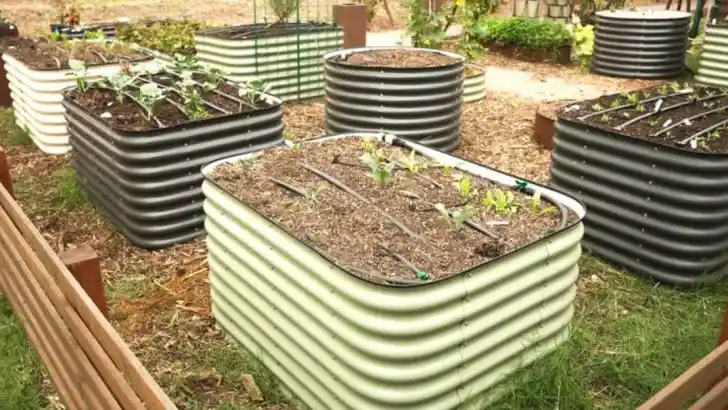Gardening in extreme heat can be challenging, but with the right strategies, you can keep your plants healthy and thriving even during scorching temperatures. From proper watering techniques to smart plant choices, small adjustments can make a big difference in how well your garden handles the heat.
In this article, we share 14 heatproof gardening tips that actually work. Discover how mulching, shade solutions, drought-tolerant plants, and soil conditioning can help your garden stay resilient in hot weather. If you’re tired of watching your plants wilt in the summer sun, these tried-and-true tips will help you beat the heat!
Water Early in the Morning
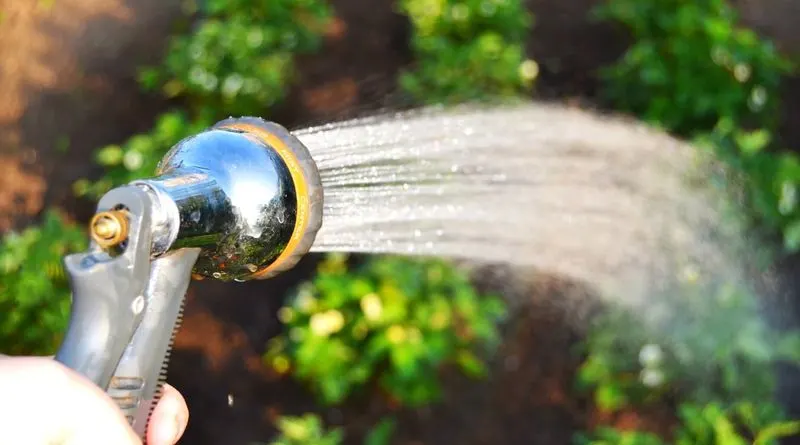
Maximize water absorption by watering your plants early in the morning. This timing allows moisture to reach the roots before the sun’s heat causes rapid evaporation. Avoid midday watering, as it can lead to sunburn on wet leaves. Early watering also helps prevent fungal diseases by giving leaves time to dry during the day. Adjust your irrigation schedule to suit your garden’s needs, ensuring the soil remains consistently moist. Use a drip irrigation system for even better water conservation, delivering moisture directly to the roots and reducing waste.
Choose Heat-Tolerant Plants
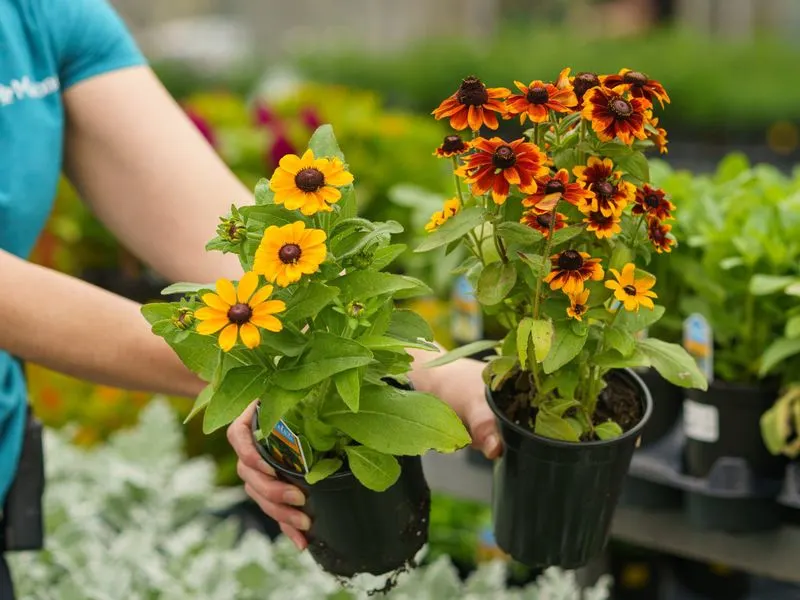
Opt for plants that naturally withstand high temperatures. Succulents, cacti, and Mediterranean herbs like rosemary and lavender are excellent choices. These plants are adapted to arid conditions, requiring less water while still offering vibrant colors and textures. Native plants are also a smart option, as they are acclimated to local climates. Experiment with different species to add diversity and resilience to your garden. Grouping heat-tolerant plants together can create a microclimate that further enhances their ability to thrive.
Mulch to Retain Moisture
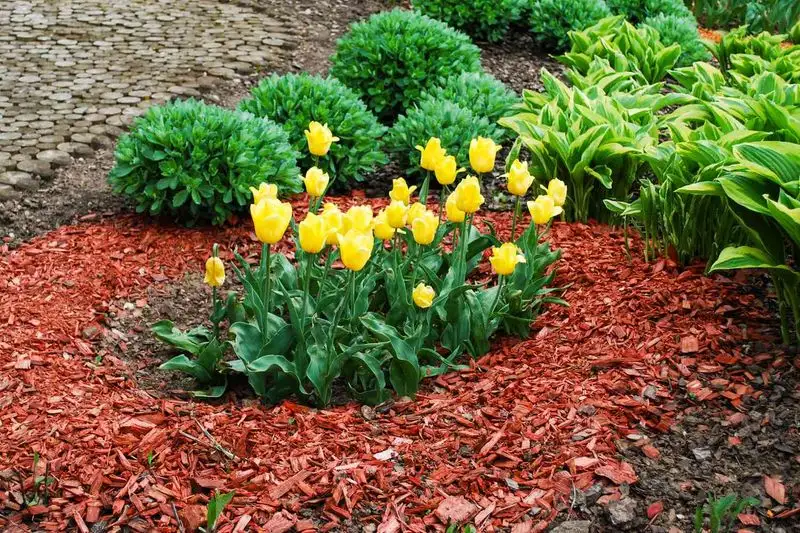
Covering your soil with mulch is a simple yet effective way to retain moisture and regulate soil temperature. Organic mulches like wood chips, straw, or compost break down over time, enriching the soil. Mulch acts as a barrier against the sun, reducing evaporation and keeping roots cool. It also suppresses weed growth, which can otherwise compete for water and nutrients. Make sure to apply mulch generously around your plants, replenishing it regularly to maintain its effectiveness throughout the hot season.
Provide Shade for Delicate Plants
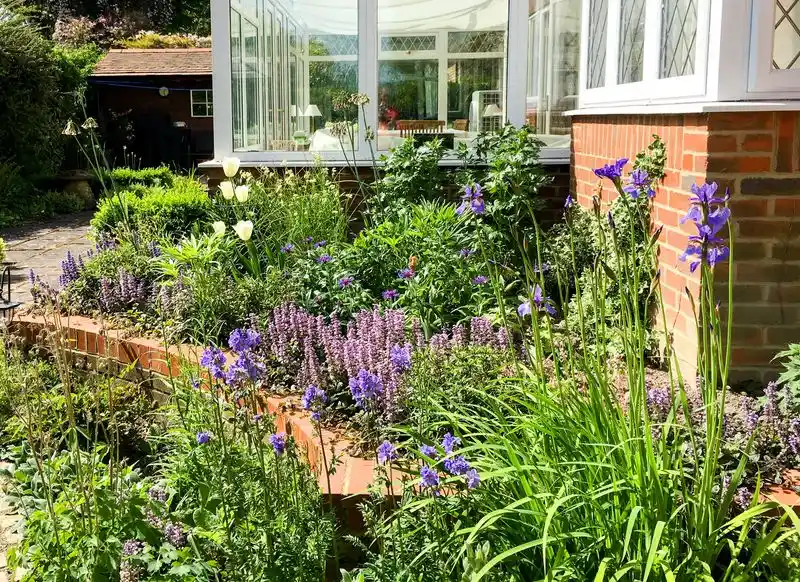
Shield your sensitive plants from the sun’s intense rays with shade cloths or umbrellas. This temporary structure can dramatically reduce heat stress, especially during peak sunlight hours. Choose materials that allow some light penetration while blocking harmful UV rays. Position shade covers strategically to protect the most vulnerable plants. Consider using taller, hardier plants to naturally provide shade for more delicate species. The right balance of sunlight and shade will keep your garden thriving without compromising plant health.
Invest in a Quality Soil Mix
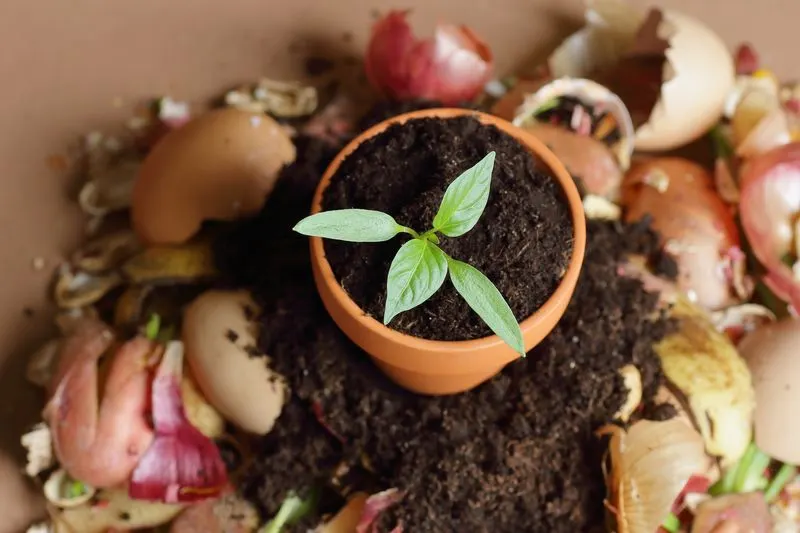
Starting with a well-draining soil mix is crucial in hot climates. Look for a mix that includes perlite or vermiculite to enhance drainage and aeration. A quality soil retains moisture while preventing waterlogging, which can lead to root rot. Enrich the soil with organic matter like compost to improve nutrient content and retain water. Regularly check the soil’s moisture level, ensuring it’s neither too dry nor too wet. Healthy soil supports robust plant growth, making it a worthwhile investment for any gardener.
Use Self-Watering Planters
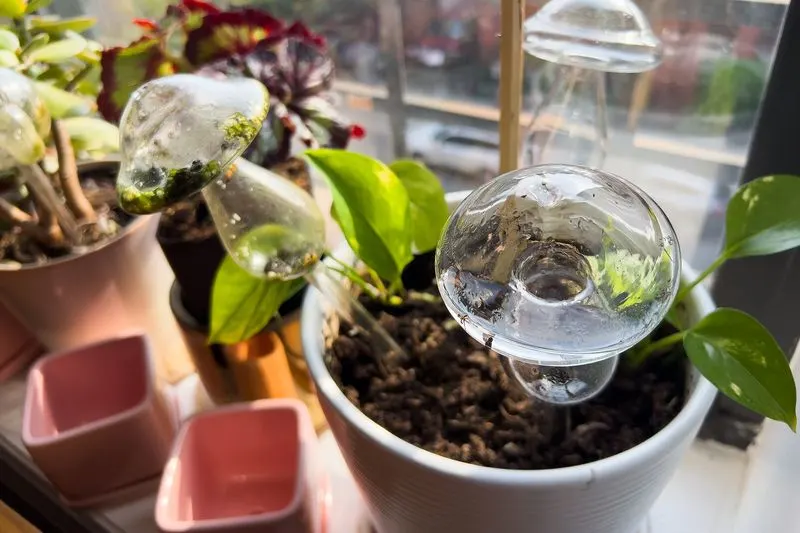
Self-watering planters can be a gardener’s best friend in the heat. These containers have a built-in reservoir that provides a steady supply of water to the plant’s roots, reducing the need for frequent watering. They help maintain consistent soil moisture, preventing wilting and stress. Ideal for container gardening, self-watering planters are perfect for patios or small spaces. Make sure to monitor water levels and refill the reservoir as needed. By reducing water waste, they offer an eco-friendly solution to gardening in hot climates.
Create Windbreaks
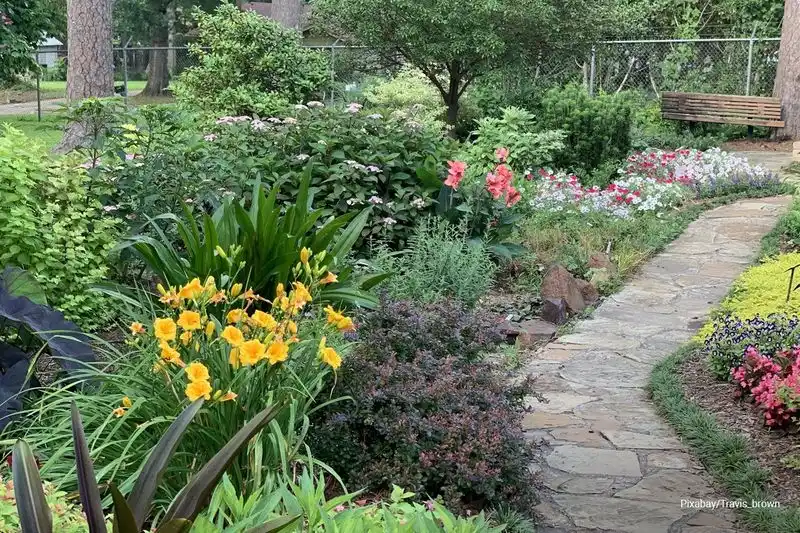
Protect your garden from hot, drying winds by creating windbreaks. These barriers can be natural, like hedges and shrubs, or artificial, like fences and trellises. Windbreaks reduce the wind’s speed, minimizing moisture loss from both soil and plants. Position them to block prevailing winds without shading your entire garden. These structures can also add visual interest and biodiversity, attracting beneficial wildlife. Plan your windbreaks carefully to ensure they complement your garden’s design while enhancing its resilience against harsh weather conditions.
Implement Companion Planting

Companion planting involves growing specific plants together to improve growth conditions and pest control. For instance, marigolds are known to repel nematodes and pests when planted alongside vegetables. This method supports plant health by enhancing nutrient uptake and creating a supportive microenvironment. Choose companions that share similar water and light needs to optimize resources. Rotate companion plants each season to prevent soil depletion and maintain garden diversity. This strategic planting approach not only boosts productivity but also fosters a vibrant ecosystem.
Plan for Efficient Water Usage
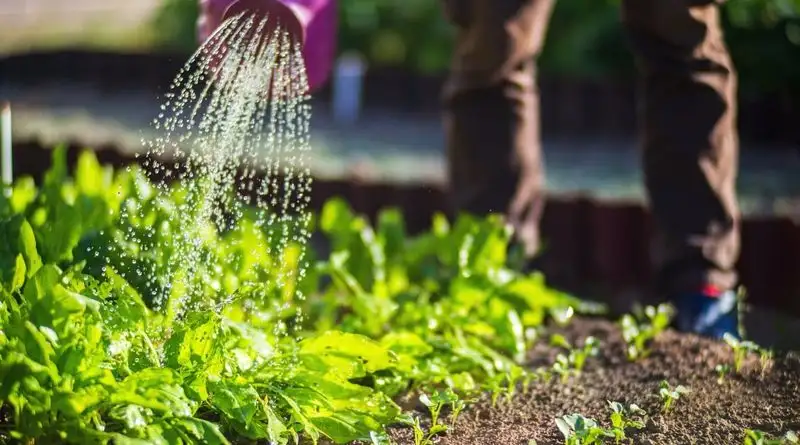
Efficient water usage is key in heatproof gardening. Implement drip irrigation systems to deliver water directly to the plant roots, minimizing evaporation. Arrange plants with similar water needs together to streamline irrigation. Use rain barrels to collect and utilize rainwater, reducing dependency on external water sources. Regularly check for leaks in hoses and pipes to prevent waste. Adjust watering schedules based on seasonal changes and plant requirements. By conserving water, you not only save on utility costs but also contribute to sustainable gardening practices.
Prune Strategically

Pruning maintains plant health by removing dead or overgrown branches, allowing better air circulation and sunlight penetration. This practice reduces the risk of disease and encourages robust growth. Focus on thinning dense areas to prevent plants from competing for resources. Use clean, sharp tools to make precise cuts, avoiding damage. Timing is crucial; prune in the early morning or late afternoon to prevent heat stress on freshly cut plants. Regular pruning keeps your garden tidy, enhances its aesthetic appeal, and promotes vigorous plant development.
Select the Right Containers
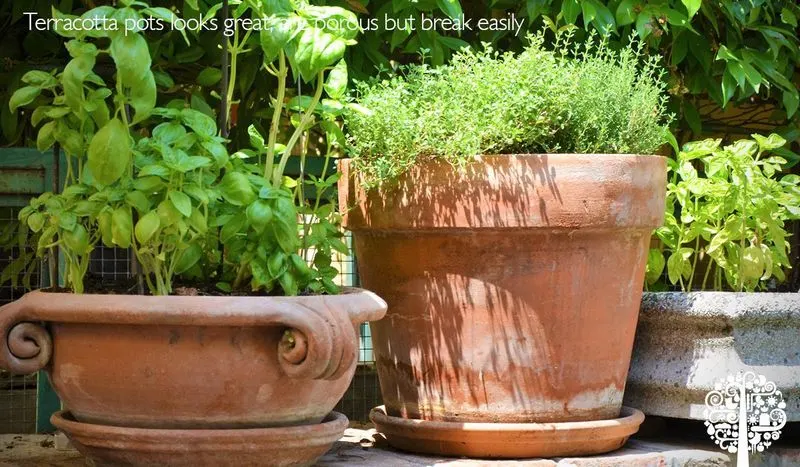
The choice of containers can significantly affect plant health during hot weather. Opt for large, light-colored containers that reflect sunlight, reducing soil temperature. Ensure containers have adequate drainage holes to prevent waterlogging. Materials like ceramic and fiberglass offer excellent insulation, keeping root zones cooler. Choose the right size container to accommodate root growth and prevent overcrowding. Regularly check container moisture levels, as they dry out faster than garden beds. With the right containers, even small space gardens can flourish in the heat.
Implement Raised Beds
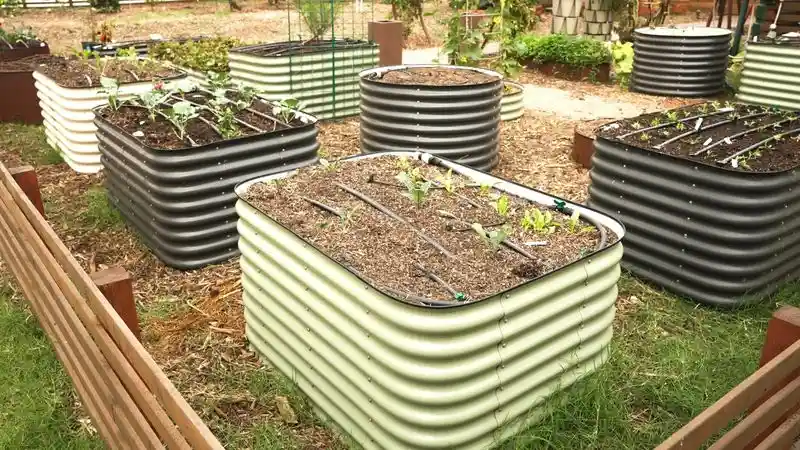
Raised beds offer numerous benefits in hot climates. They improve drainage and prevent soil compaction, allowing roots to breathe and absorb nutrients efficiently. Elevated soil warms up faster in spring, extending the growing season. Customize the soil mix in raised beds to suit your plants’ specific needs. Regularly amend the soil with organic matter to retain moisture and enhance fertility. Raised beds make gardening more accessible by reducing the need to bend and reach. Their structured design adds order and beauty to your garden layout.
Monitor Plant Health Regularly
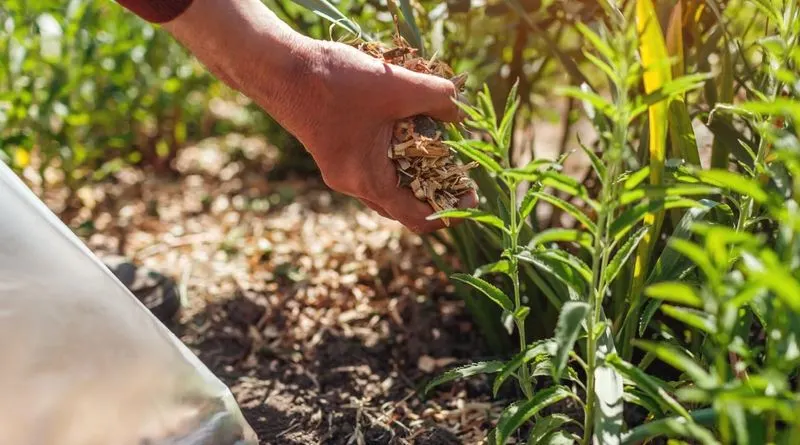
Regular monitoring is essential for maintaining plant health in extreme heat. Check for signs of wilting, sunburn, or pest infestations. Use a soil moisture meter to ensure consistent watering without over-saturating. Pay attention to leaf color and growth patterns, as changes can indicate nutrient deficiencies or stress. Early detection allows for timely intervention, preventing minor issues from becoming major problems. By staying vigilant, you can adjust care routines quickly, ensuring your garden thrives despite the challenging conditions.
Incorporate Heat-Reflective Surfaces
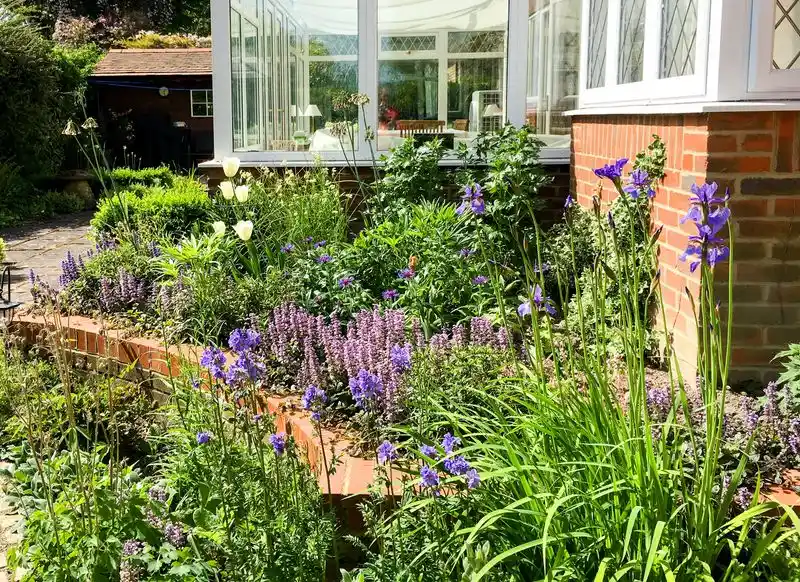
Heat-reflective surfaces help regulate the temperature in your garden. Use light-colored gravel, pavers, or reflective mulches to bounce sunlight away, reducing soil temperature. These surfaces can also improve light distribution, benefiting nearby plants. Incorporate them into pathways or as a base layer around plant beds. Besides cooling benefits, reflective surfaces add contrast and texture, enhancing the visual appeal of your garden. Combine them with other heatproofing strategies for optimal results. This thoughtful addition creates a more hospitable environment for both plants and gardeners.

